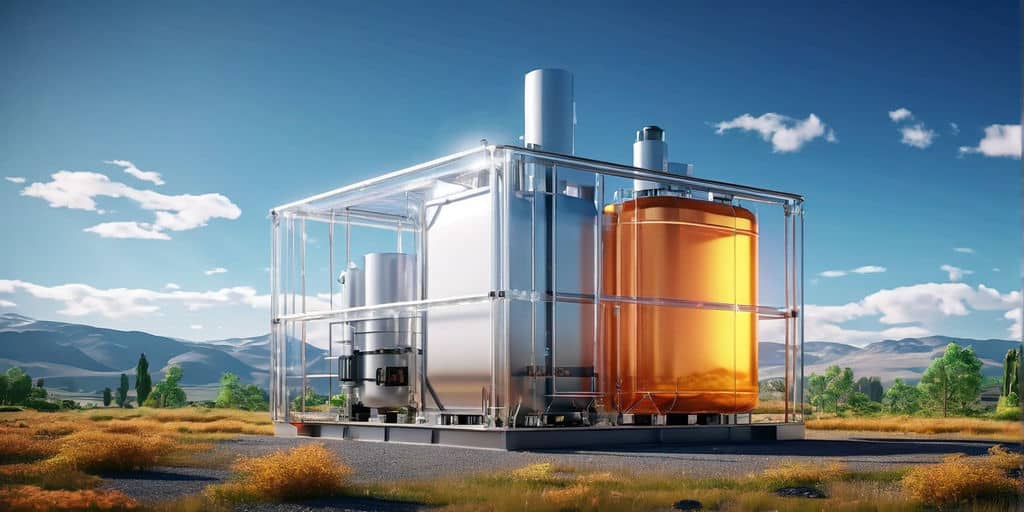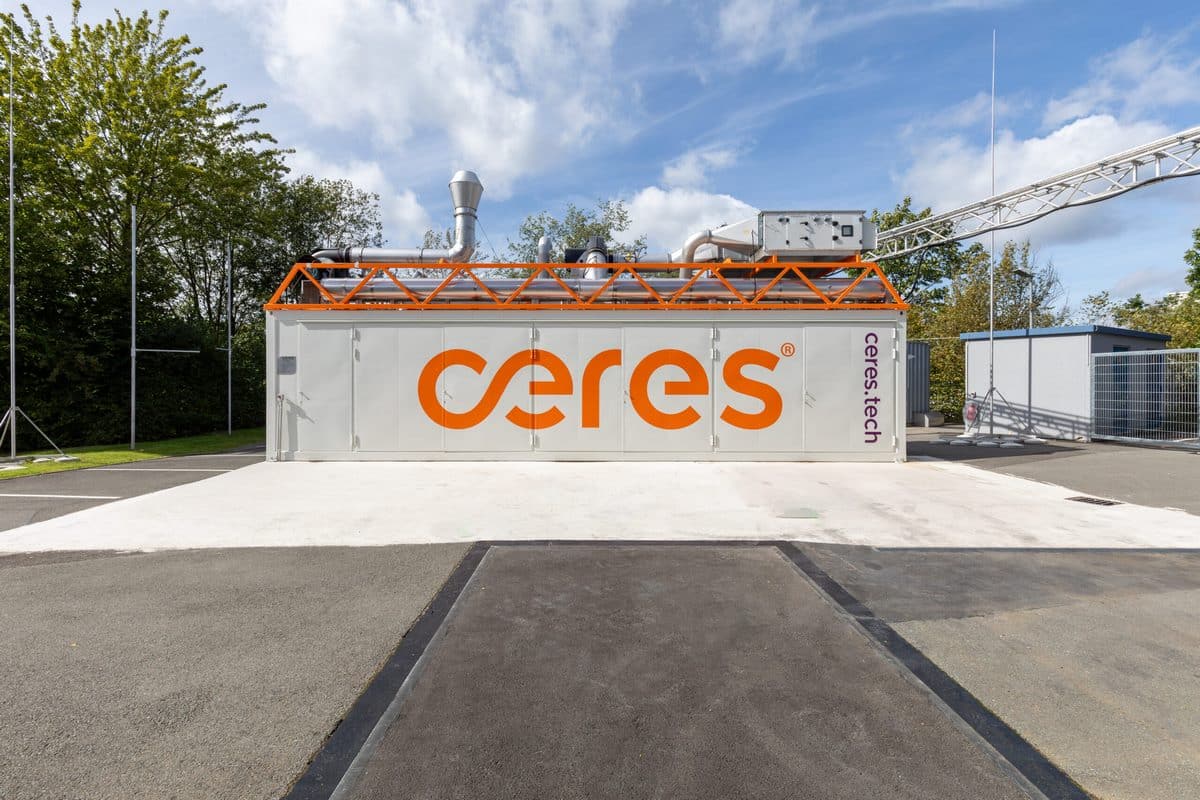According to European Union guidelines, carbon dioxide emissions from heavy-duty vehicles will need to be cut by 30 percent by the year 2030 in order to ensure emissions reductions are on track to meet the EU’s 2050 net-zero target. This would mean that around 200,000 emission-free trucks would have to be operating on Europe’s roads by 2030. That’s the finding of a recent study carried out by the association of German engineers VDI and the testing and certification institute VDE entitled “Sustainable commercial vehicles – a comparison of different technology pathways for carbon-neutral and carbon-free propulsion.” It found marked advantages for the use of fuel cell power systems for long-distance transportation using large commercial vehicles while battery-electric powertrains were seen as clearly beneficial for small commercial vehicles.
In their study, the authors investigated five different options for sustainable commercial vehicles and drew comparisons between them: battery-electric vehicles (BEV), catenary trucks (CAT), fuel cell electric vehicles (FCEV), hybrid vehicles (a combination of BEV and FCEV) and vehicles powered by liquefied synthetic fuels (SYN).
Their research revealed that buyers of commercial vehicles have fundamentally different criteria which they consider relevant with regard to costs compared with users of private cars. It also found that, due to the long distances traveled each year, freight forwarders would accept higher purchase prices if the variable costs, e.g., fuel, are lower. According to the analysis, the existence of widespread infrastructure is an important factor alongside the total costs of ownership (TCO).
As it currently stands, alternative propulsion methods are not yet competitive with conventional diesel-powered vehicles. Nevertheless, the study’s authors recognize that a good foundation exists to enable this to change in the future. They calculate that the production costs of fuel cells (FCs) and batteries will fall and their performance will increase. In addition, it is anticipated that the costs of green hydrogen will decrease significantly. The regulatory situation, too, looks positive. For instance, the operation of diesel vehicles will become more expensive via increasing carbon taxes and will therefore become less economical. Plus, legislation is placing ever more restrictions on the operation of diesel-powered vehicles.
Sweeping statements impossible
The conclusion of the VDI/VDE study is unambiguous: In order to meet EU targets, the focus needs to be on fuel cell power systems for heavy-duty vehicles on long journeys and on battery-electric propulsion for small commercial vehicles in urban areas. Indeed, BEVs are fundamentally more efficient; fuel cell vehicles, on the other hand, offer advantages in terms of vehicle range and fuel tank duration.
“Sweeping statements along the lines of ‘batteries are better than fuel cells’ should be avoided,” recommended Remzi Can Samsun. According to the head of the reactors and systems group at the FZ Jülich research center, it is far more important to take a detailed look at each application in terms of journey distances and journey profiles. “Years ago, people still thought that neither batteries nor fuel cells would have a place in a 40-ton truck. Since then they’ve seen that it can work with both technologies. That’s a significant step forward,” Samsun said.[…]
… Read this article to the end in the latest H2-International
Author: Michael Nallinger

























0 Comments